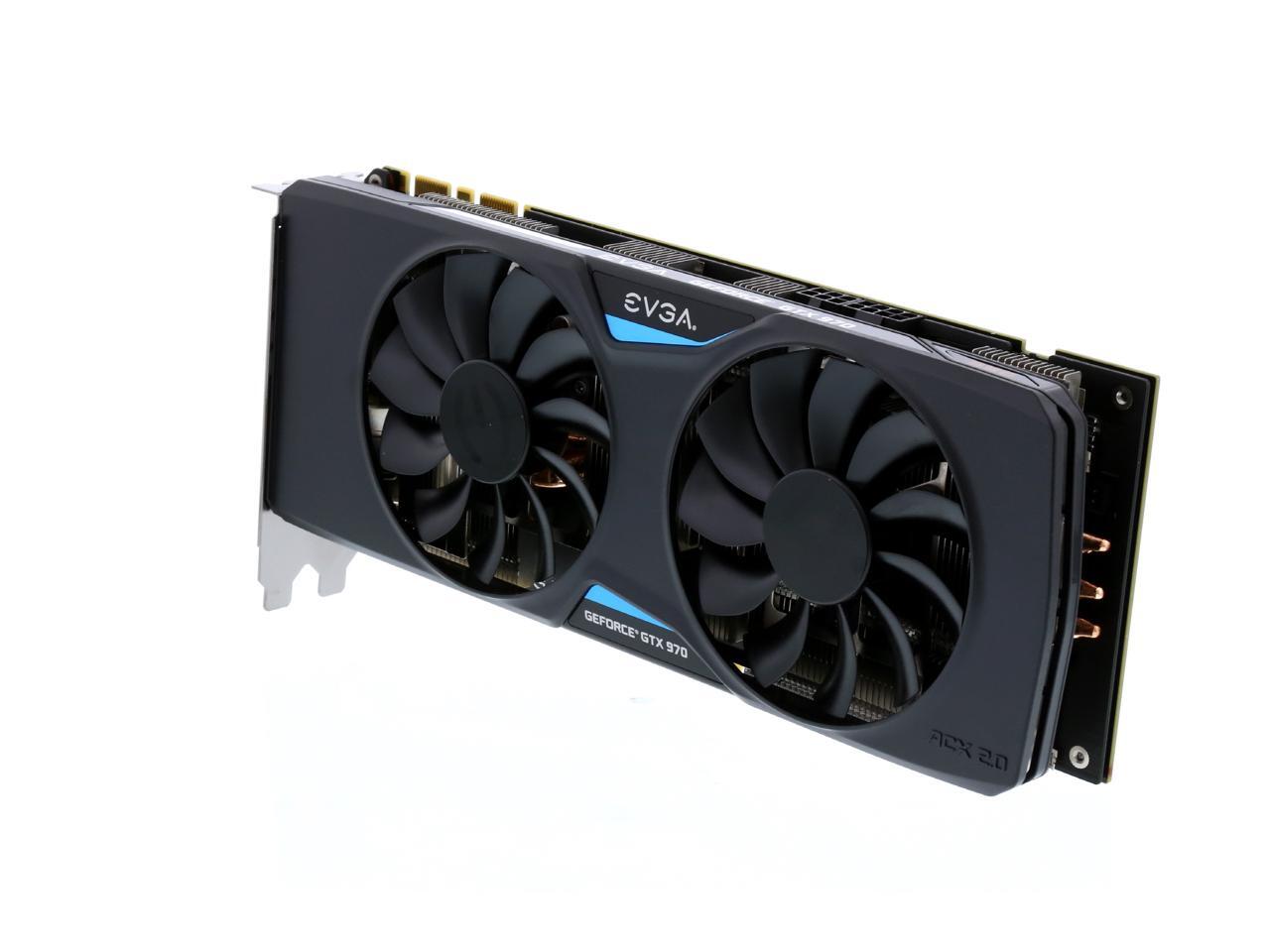
However, I've played Battlefield 4 on a 64-player server to provide some real-world performance numbers.įor now, I'm going to be using the same suite of benchmarks I've been using on my Tweakipedia articles, which uses a mix of synthetic benchmarks with Futuremark's 3DMark and Unigine Heaven. Instead, I'd like to nail these initial reviews and then we can start doing real-time numbers of games like Far Cry 4 and Star Citizen. I'm not going to dive into the deep end and start testing out real-time FPS, as this will hurt the quality of the reviews. Testing Methodīecause I'm just starting out reviewing GPUs, we're going to slowly evolve our benchmarking setup. I can then throw in some numbers from AMD Radeon cards - but for now, we're only looking at the GeForce GTX 780 and GTX 980 both in reference form directly from NVIDIA, the ZOTAC GeForce GTX 960 AMP! Edition we reviewed last week, and the EVGA GeForce GTX 960 SuperSC ACX 2.0+ we have here to review today. As our reviews of the GeForce GTX 960s continue into the coming weeks, I have other GPUs on the way. Testing Method & Test System Configuration Note - Lack of Video Cardsīecause I'm only just starting out as TweakTown's Video Card Editor, I don't have a slew of GPUs to test with as yet. Overall, EVGA has the best cooling on a GTX 960 we've used to date, with its so-far-very-impressive ACX 2.0+ cooling. Then we have the ACX 2.0+ cooler, which uses "over 4X lower power than competitor's allowing for better and more stable overclocks". Considering the GTX 970 Superclocked ACX 2.0 from EVGA is priced at $342.39 on Amazon, it'll be interesting to see how the card performs against the GTX 970, which is close to half the price. Availability & Priceīetter yet, EVGA has a price of just $209.99 for the GeForce GTX 960 SuperSC ACX 2.0+ video card, which is available right now through Amazon, with its Prime service available on it too. Display output wise, we have the same three DisplayPort, one HDMI 2.0 and one dual-link DVI that most cards are shipping with from NVIDIA in the 900 series now. We also have the same 2GB of VRAM on a 128-bit memory bus, with 112.1GB/sec of available memory bandwidth. EVGA has performed a decent overclock here, something that should perform well against the competition.

This is compared to NVIDIA's reference spec of 1126MHz for the Base Clock and Boost Clock of 1178MHz.

EVGA has a Base Clock of 1279MHz, with a Boost Clock of 1342MHz. As with most GeForce GTX 960 cards, we're not seeing a huge change from the usual layout or specifications apart from the cooling, PCIe power connector and of course, the clock speeds.


 0 kommentar(er)
0 kommentar(er)
